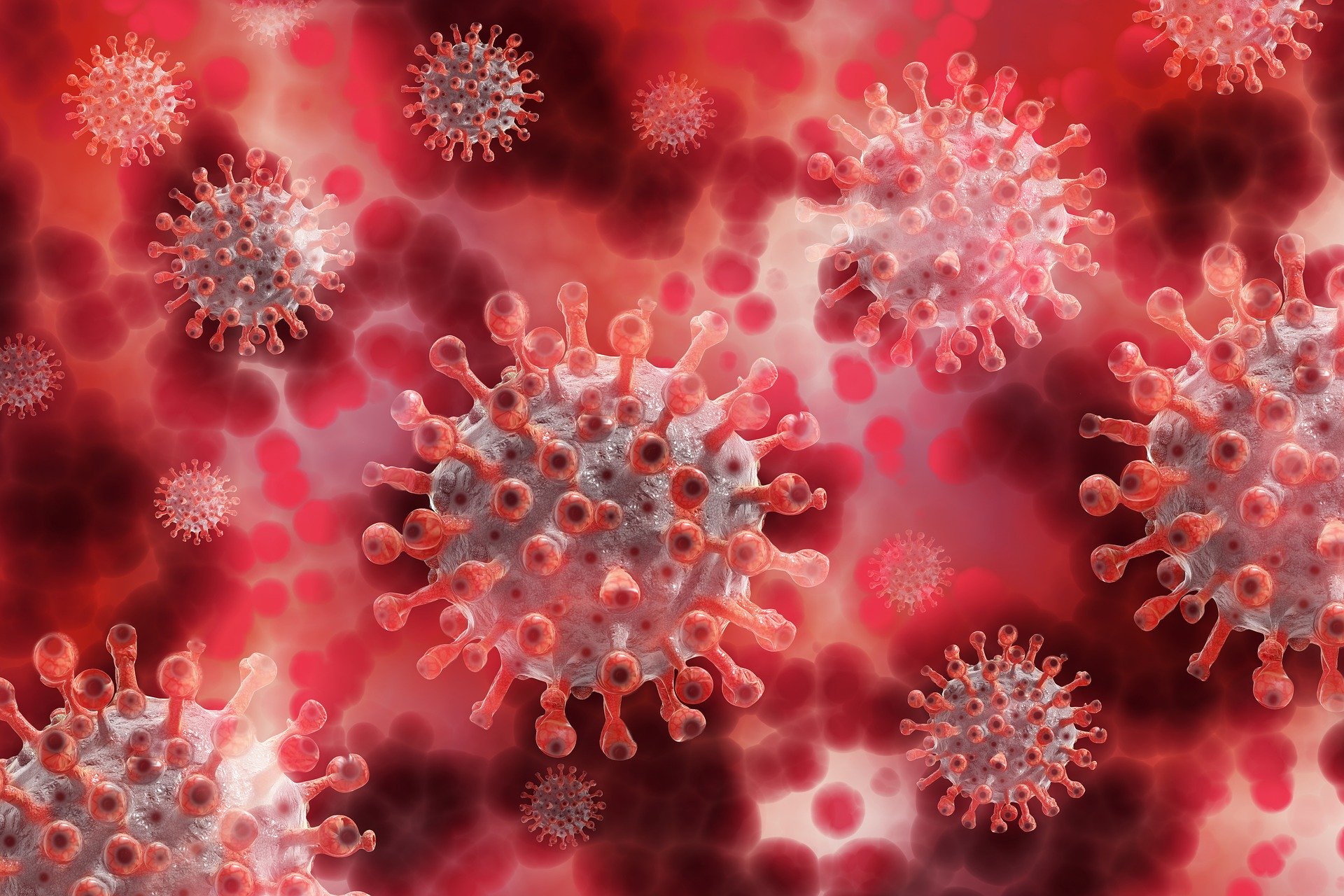
The search for drugs and vaccines against the SARS-CoV-2 virus is in full swing around the world. On a regular basis, there are reports that give rise to hope that an active substance has been found. However, much of this hope is the dashed time and again. Researchers at the University of Oxford have now had to admit that clinical trials with a potential corona vaccine have so far been rather disappointing. (As reported by IO here.) Furthermore, the World Health Organization (WHO) has suspended tests with the anti-malaria drug hydroxychloroquine (which had been touted in some quarters as a potential miracle cure) after the medication evidently did more harm than good.
Additional clinical trials in humans with prospective medications and vaccines are currently underway in various countries. However, results are still pending, although there are some promising preliminary results. For example, the antacid famotidine is currently being tested in the US to find out whether it really can inhibit the proliferation of SARS CoV-2 viruses. Remdesivir, the active substance that was developed to combat Ebola, has already shown that it can alleviate the symptoms of COVID-19. At least in some patients. Scientists also had high hopes for bromtyrosine from marine sponges. (As previously reported by IO here).
Computer simulations with hepatitis C medication
German researchers at the Johannes Gutenberg University Mainz (JGU) may also be on the trail of a drug that could combat COVID-19. They are currently carrying out elaborate calculations with the MOGON II supercomputer – one of the most powerful computers in the world – in order to examine the effect of hepatitis C medication. In their study, published on the WHO website, they simulated how around 42,000 substances listed in public databases would bind to certain proteins of SARS-CoV-2, thereby inhibiting the proliferation of the virus inside the human body or even its penetration of the body.
“This computer simulation method, known as molecular docking and which has been recognized for years in the science community, is much faster and cheaper than laboratory experiments,” explains Professor Dr. Thomas Efferth. He heads the study at the Institute for Pharmaceutical and Biomedical Sciences, JGU. “To our knowledge, we are the first to have applied molecular docking in relation to SARS-CoV-2. And that we have subsequently come across several approved Hepatitis C medications as particularly promising candidates is really remarkable.”
Natural substance as a basis?
Based on 30 billion individual calculations over the course of two months, the scientists have discovered that substances from the hepatitis C medications Simeprevir, Paritaprevir, Grazoprevir, and Velpatasvir are “highly likely” to bind extremely well to SARS-CoV-2 and thus potentially prevent infection. “This is also supported by the fact that SARS-CoV-2, just like the Hepatitis C virus, is what is known as a single-stranded RNA virus. As in, a virus belonging to the same type,” Efferth explains.
Apart from all this, the researchers also found that a natural substance from the Japanese honeysuckle is also effective against SARS-CoV-2. This was already being used in Asia to treat various other diseases. “Our results now need to be validated by laboratory experiments and clinical studies,” Efferth stresses. Molecular docking has already been successfully used in the search for active substances against the MERS-CoV and SARS-CoV coronaviruses.








